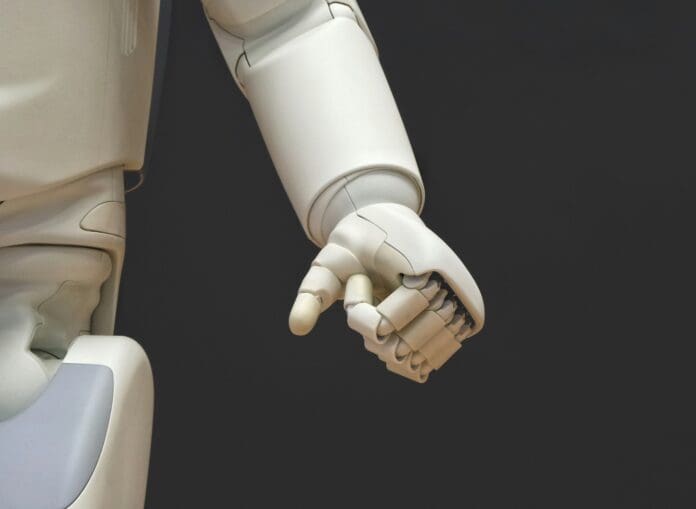This post is also available in:
 עברית (Hebrew)
עברית (Hebrew)
A groundbreaking development in robotics has emerged with the launch of the “Hui Si Kai Wu” system, designed to boost the intelligence and adaptability of robots. This innovation, unveiled by the National and Local Co-built Embodied AI Robotics Innovation Center in Beijing, promises to take robot autonomy to the next level by enabling more complex and dynamic task management.
At the press event, the humanoid robot Tiangong, showcased its improved capabilities powered by the new platform. Tiangong demonstrated impressive fluidity in performing tasks such as building blocks and sorting tableware, adjusting its movements in real-time to overcome obstacles. The system’s ability to plan, adapt, and execute tasks based on real-time feedback represents a significant advancement over traditional robots that are limited to a single, predefined function.
According to Global Times, the “Hui Si Kai Wu” system is a universal software platform designed to make robots more versatile across various environments, from commercial to industrial and residential spaces. The platform allows robots to execute tasks while continually adapting to their surroundings. With the integration of vision, decision-making, language comprehension, learning and motion control, the system enables robots to learn, adjust, and improve their performance dynamically. Notably, the platform employs a low-code methodology, simplifying the development process and accelerating innovation in robotics.
This development builds on the advancements made with Tiangong, a humanoid robot featuring fully electric actuators for head, arm, and leg movement. Tiangong’s agility is demonstrated by its ability to navigate challenging terrain, such as stairs and slopes, while maintaining balance and stability. Equipped with high-precision sensors for visual perception and force feedback, Tiangong is capable of executing complex movements and adjusting its behavior in response to environmental changes.
The new platform and the open-source Tiangong robot promise to revolutionize the way robots are used, opening the door for broader applications in everyday life and business operations. As the field of humanoid robotics advances, this innovation could mark a key step toward the future of fully autonomous, adaptable robots.


























